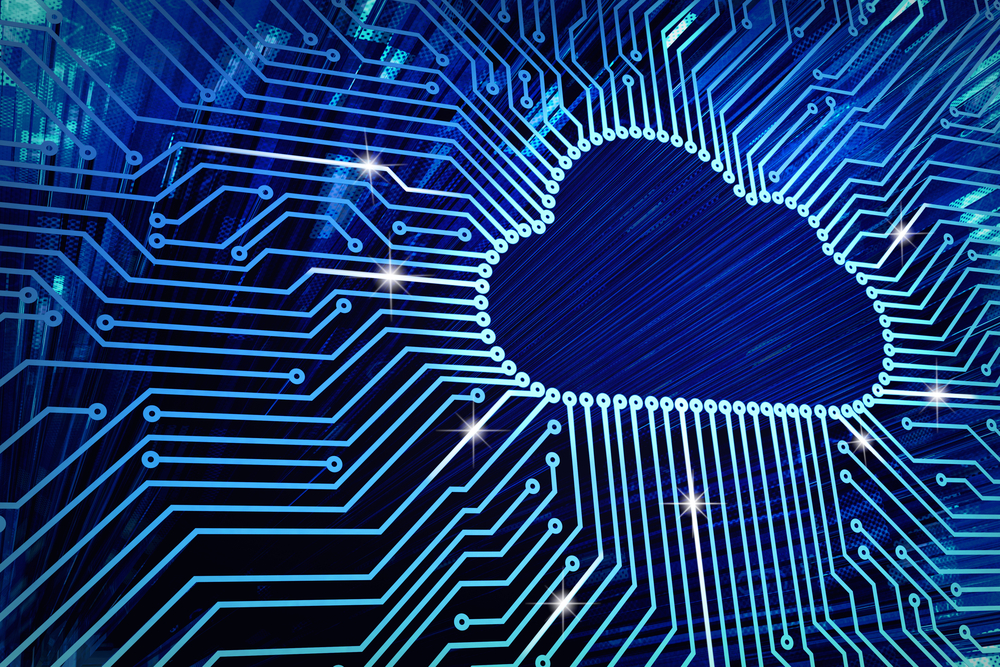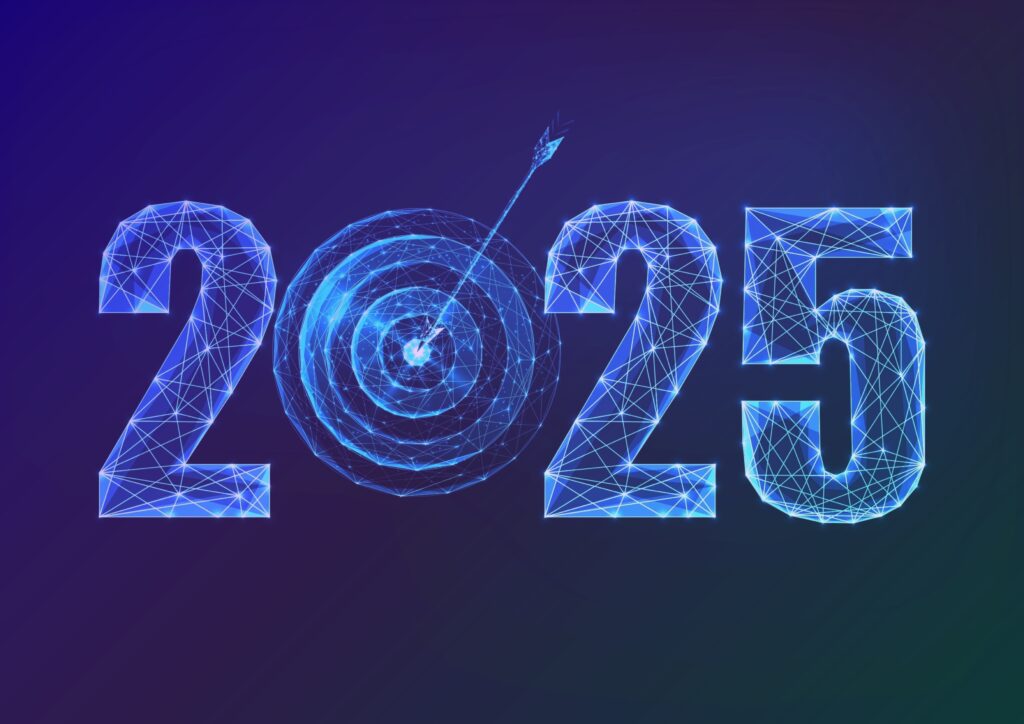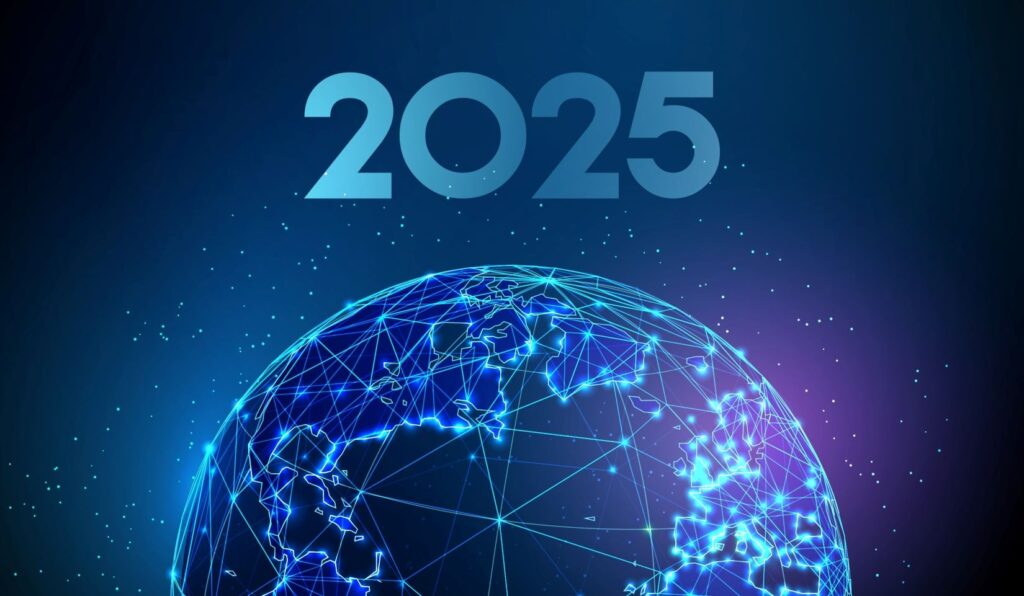Beyond cool features and capabilities, the best cloud monitoring solution is one that will equip you to face some of the most transformative cloud computing challenges over the next few years: intensified cloud migration, mind-numbing cloud environment options, infrastructure as code’s (IaC) increased popularity, and more. Plus, there’s a lot happening outside of the cloud that needs to be considered too. As we prepare to attend a few upcoming AWS World Summits this spring and summer, this blog post discusses the capabilities you should expect from the best cloud monitoring solution. The first one might surprise you.
5 expectations you should have from your next cloud monitoring solution
- Monitor the cloud, sure, but also the edge and everything in between, for a single glass-pane vision of your infrastructure.
- Cover all cloud types and environments, including multicloud, private cloud, public cloud, hybrid, IaC, containers, etc.—and even those cloud technologies you might adopt tomorrow.
- Handle automation (it’s a matter of survival).
- Provide sharable insights on SLAs, capacity planning, and performance optimization.
- A friendly TCO, through the ability to deploy cloud monitoring (and more) as part of a SaaS option.
OK, but wait, what is cloud monitoring exactly?
Cloud monitoring: a definition
Cloud monitoring is the means by which you have visibility into your cloud-based infrastructure, and by extension, cloud-based services. Cloud monitoring returns the metrics you need to ensure service availability as well as optimal performance of your infrastructure, whether looking at it globally or at its various interlocking components. Cloud monitoring metrics benefit a range of stakeholders, from IT teams diagnosing issues, to those trying to predict performance and needs, to IT managers reporting on SLAs. Cloud monitoring metrics can be consumed and shared through alerts, reports, or dashboards that may include metrics from other types of infrastructure, on-premise or at the edge, for a complete map of essential business services. Through APIs, cloud monitoring metrics may also be shared with other types of analytics solutions.
Voted among the most favorite cloud monitoring solutions, Centreon monitors the cloud, as well as infrastructure that’s on premise or at the edge, so you can focus on entire IT workflows. Plus, you can monitor from a solution installed on premises or using our managed SaaS version, now in controlled availability in France, and soon to all Centreon clients.
More of the cloud to monitor in 2022 and beyond
Because the cloud is a major enabler for some of the most transformative technological innovations, allowing users to interact with always more data faster, cheaper, and safer, you can expect organizations will move even more services to cloud platforms, which you’ll need to keep an eye on.
Some 2022 cloud trends which will make you monitor even more of the cloud
- Emergence of new cloud delivery models such as hybrid cloud, which combine public, private and dedicated cloud so organizations can better distribute workflows and diminish reliance on a single cloud option. Serverless cloud is another example of such flexible cloud delivery models, allocating computing resources on demand.
- Cloud is now another source of intelligence, beyond being just about data storage. With current business observability best practices, you can garner insights from cloud usage, send qualified metrics in AI and ML enabled analytics platforms, for always better, data-driven decisions.
- Businesses can now manage more easily and enjoy improved connectivity between cloud applications, cloud services, and the rest of their infrastructure, either on premise or at the edge. This drives more businesses to embrace the cloud and to use it for reinforcing business continuity and security.
- DevOps are now massively adopting containers and Kubernetes to seamlessly deploy applications on any given cloud platform or infrastructure.
- Advances in virtual and augmented reality (VR and AR), 5G and other powerful networks’ use cases, and increased number of connected objects (IoT) are more trends driving cloud adoption in 2022.
Essential functionalities for monitoring the cloud in 2022
The above trends are colliding, pressing ITOps to equip themselves with robust cloud monitoring capabilities. Here are a few not to be missed, using the Centreon monitoring solution to illustrate how it can be done.
- API-centric, so it’s ‘open’ to a diversity of cloud environments, known today and even those that will emerge tomorrow. In Centreon, an API-centric monitoring solution, Plugin Packs are packages that let you connect to AWS CloudWatch or Azure Monitor, among others, from your monitoring console.
- Automation capabilities to better manage constant changes in modern cloud environments and simplify data and configuration management. Centreon’s connectors contain discovery rules which will guide the Auto-Discovery engine in populating the list of all cloud assets that are available to be monitored. A selection of configuration templates is also included to automatically set the right parameters to collect and monitor the indicators that are most relevant. If you’re looking to support DevOps’s infrastructure-as-code (IaC) framework and to continuously monitor dynamic cloud infrastructure, this is the way to go.
- Collecting metrics from container deployments. In Centreon, you can leverage the Prometheus pack, collecting high-frequency real-time metrics from Kubernetes clusters and Docker containers.
- A single pane of glass from cloud to edge. At the end of the day, what you seek is more than just cloud monitoring, you want a holistic view into entire IT workflows. Indicators are aggregated into service maps that show end-to-end IT workflows. Easily shareable, these maps are used by ITOps to align with business expectations and demonstrate service levels. In Centreon, cloud performance monitoring indicators are fed into all top-down views to provide holistic visibility on your infrastructure, so you can seamlessly move on to higher value purposes, such as capacity planning, load sharing management, and cost control.
A SaaS Offer. The friendliness and affordability of a SaaS monitoring solution, to decide how you want to deliver your monitoring, without the complexity of setting up monitoring servers or regularly updating versions—if you don’t want to.
Centreon Cloud, Centreon SaaS IT Monitoring, is available to monitor both the cloud and the rest of your infrastructure.
Takeaway:
What makes a good cloud monitoring solution? It’s the flexibility to monitor all cloud environments, align with DevOps and other business stakeholders, and more importantly, understand your IT ecosystem in terms of workflow rather than siloed technological domains. It’s also the flexibility to deploy your monitoring solution either in the cloud or on-premise, or even a mix of both, according to your needs.
This April, come meet Centreon at the AWS Summit in Paris (April 12) or London (April 27) and discuss new trends in cloud monitoring, plus learn about our new SaaS monitoring solution. We will also be attending other Amazon Global Summits throughout the spring and summer of 2022: Milan (June 21 and 22), Toronto (June 22 and 23) and New York City (July 12 and 13). Hope to see you there.















